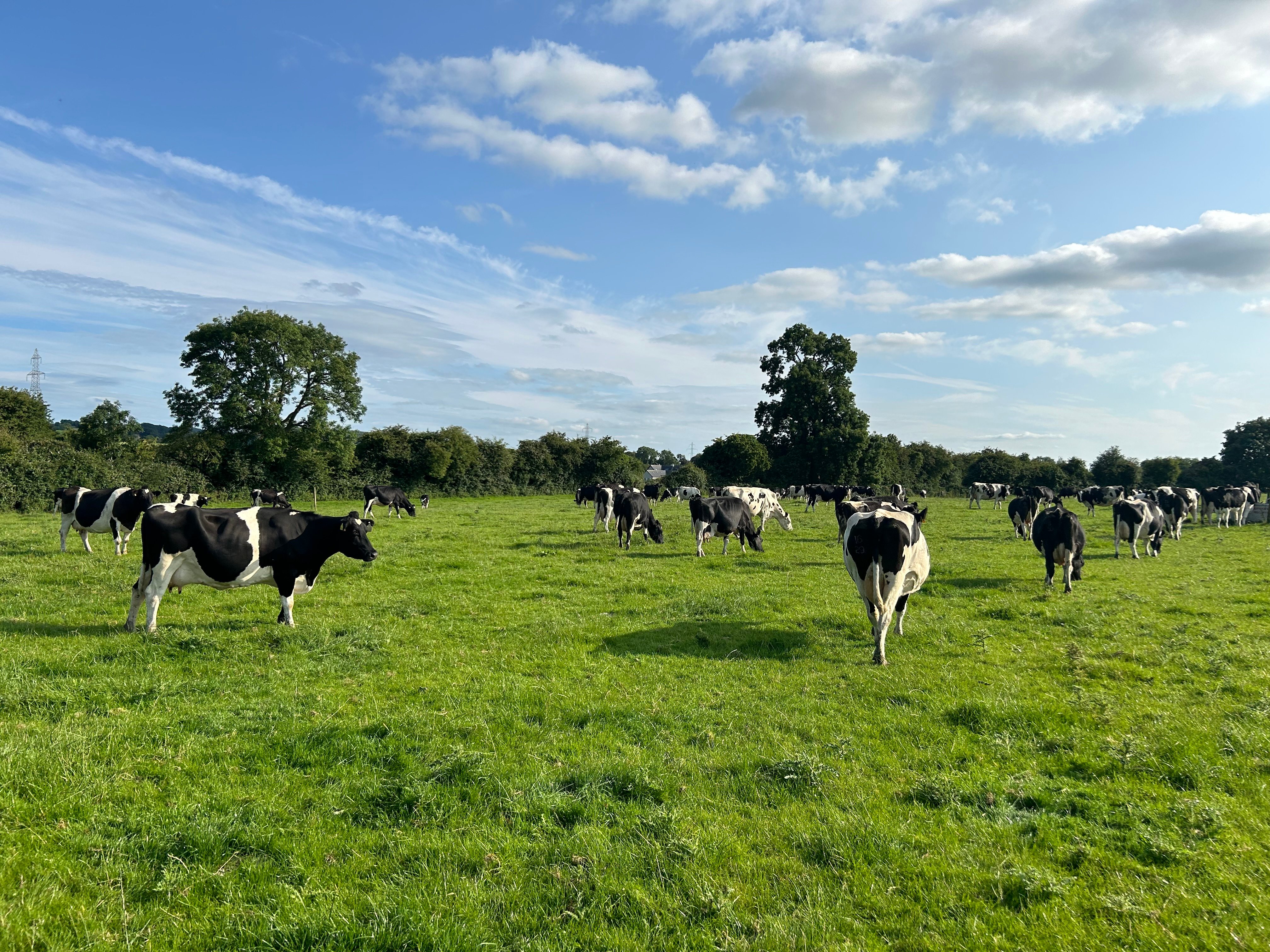Spring grazing: Preparation to get cows out when conditions allow
For many farms, grazing is still some time away, especially after the rain and storm experienced last weekend, but farmers should try and get themselves prepared to let the cows out to grass when conditions allow.
The advice is to have the grazing infrastructure set up so if, and when, the weather improves this spring and ground conditions are suitable, cows can be let out without much delay.
With the recent wind and rain and even the severe freeze a couple of weeks ago, there may be a few tweaks and repairs that need to be rectified before cows are let out to grass.
Connections to water troughs could be cracked from the frost, roadways may need a scrape or a fresh cover of shavings and fencing posts and wire may need to repaired.
However, on many farms, cows are yet to start calving, with the majority of farms aiming for the first of their herd to start calving after February 1.
Many farmers in drier parts of the country will try and get the cows out as soon as they calve down, while much of the country will only get them out grazing when the weather and growth rates improve drastically.
Although it may be a few weeks away yet, you should recommence the walking of paddocks on your farm to determine what the average farm cover (AFC) for your farm is now.
Cows in their early lactation will benefit far more from consuming grazed grass than silage to manage body condition score (BCS).
However, silage supplementation needs to be considered as more often than not, it is needed during early lactation due to unfavourable conditions or low grass availability.
Silage supplementation can be used to avoid restricting intakes or grazing ahead of allocated areas in the spring plan.
A Teagasc Moorepark study showed that the best time to go in with silage supplementation is in the first six weeks of the lactation if grass supply is inadequate to meet herd demand throughout the first rotation.
Farmers should start thinking about creating a spring rotation planner to try and maximise the amount of grass in the diet and to minimise the amount of silage fed.

A spring rotation planner will aid you when allocating grass for your cows each day, and make sure you don’t end up finishing your first round too soon.
Teagasc grazing targets for the spring are that of 30% by March 1; 65% by March 17; and 100% by early April. These targets are about 10 to 12 days later for heavy/wet farms.
The first paddocks used for grazing should have light covers, you will only have a small number of cows calved and their intakes will be low.
Freshly calved cows will only consume a low level of dry matter (DM), so light covers should be grazed first to reintroduce grass to the diet and prevent wastage.
The grazing of the heavier covers should be completed when a good percentage of the herd has calved, their appetite has improved and weather conditions have hopefully improved which will further reduce wastage and ensure good clean outs.
As mentioned previously, there are a number of things farmers need to do before getting into the thick of calving season and making sure they have all of their grazing equipment ready to go is essential.
The power in all of the fences needs to be checked, ensuring the fence is not earthing anywhere and that there are no breaks in power to any of the paddocks.
Reels and pigtails/standards are an essential part of grazing in the spring, as they assist in managing grass intakes, preventing waste and also preventing paddocks from becoming damaged.
Check that all your reels are in good working order and the wire is still holding power – older wire can become damaged and not hold a current.
Farmers need to make sure that they have enough reels and pigtails for the spring and make sure that they have spares in stock as it easy to misplace or break this type of equipment during the height of grazing.





